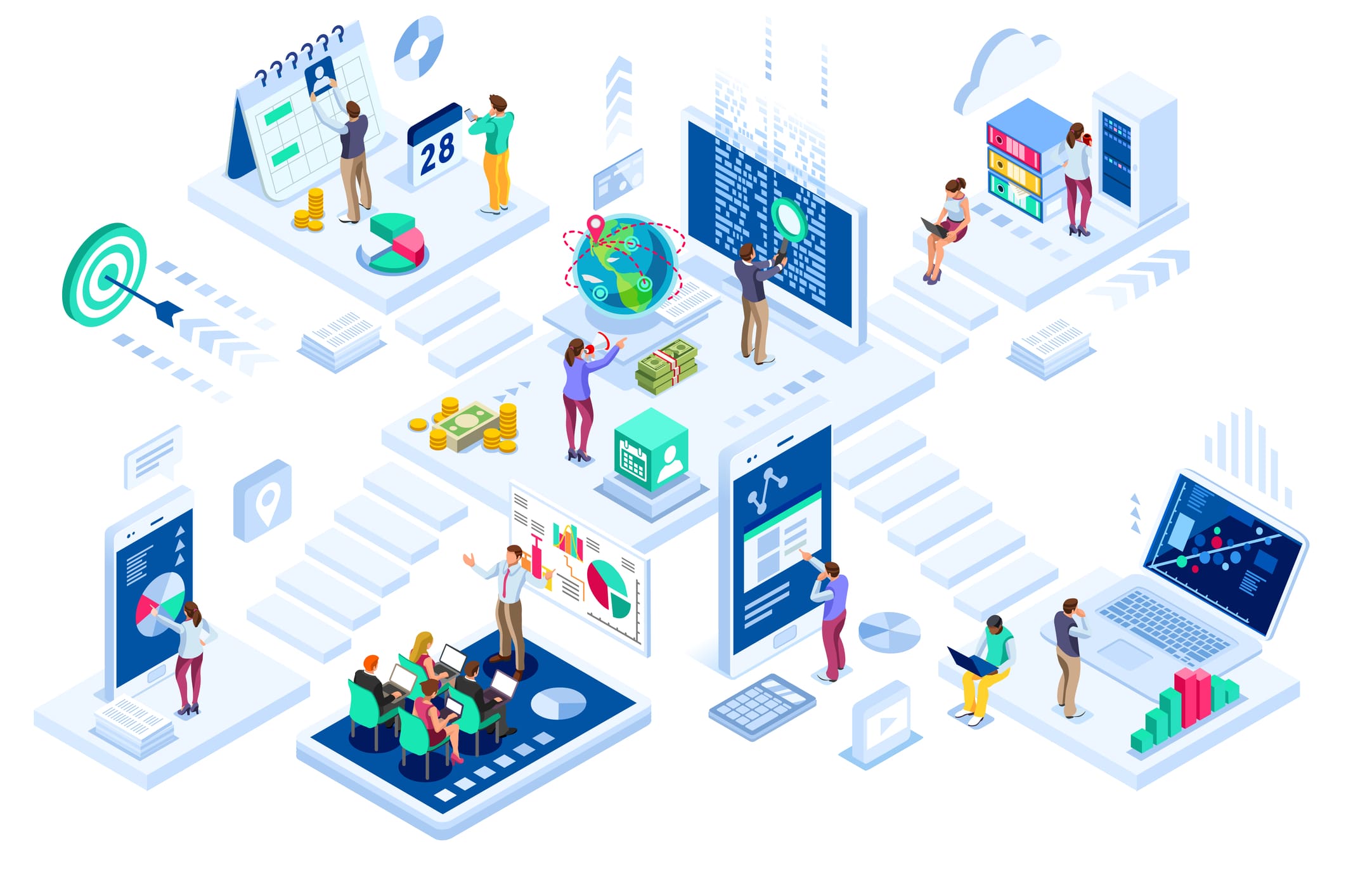In the 21st century, access to and use of technology is no longer a luxury -- it’s a necessity. Digital literacy is as critical as reading and writing, especially in today's global economy, where the ability to navigate digital spaces is required for education, employment, and entrepreneurship. However, the digital literacy gap remains wide, particularly in rural African communities, where many students have no access to computers or digital tools either at school or home.
The Digital Divide: Why It Matters
The disparities in access to technology are particularly stark in rural Africa. Without access to the tools and skills needed to participate in the digital world, students in these regions are at a significant disadvantage.
The Reality:
-
Most students in rural African secondary schools do not have access to computers at school or home.
-
The digital literacy gap prevents these students from fully participating in the modern economy, leaving them without the skills needed for higher education, jobs, or entrepreneurial opportunities.
This digital divide is not just an educational problem—it perpetuates cycles of poverty and social exclusion. Students who lack digital literacy are unable to compete in today’s interconnected world, further widening the gap between rural and urban communities. Angaza Center’s Mission is clear: To empower these students with the digital skills they need to fully participate in the digital economy, thereby improving both their economic and social circumstances.
Mission
Angaza Center, a tax-exempt nonprofit organization, is dedicated to addressing this gap. We are on a mission to improve the economic and social circumstances of young girls and boys in rural African secondary schools through the transformative power of technology access and digital literacy education.

The Bigger Picture: 2035 Vision

Angaza Center’s vision is to achieve 50% digital literacy in rural African secondary schools by 2035. We estimate that this will impact approximately 47 million students based on current population trends.
Impact
- Number of students we serve 29,000 students in our digital literacy program. Each student represents a life transformed and a future empowered. Member Schools using technology to teach other subjects.
- Number of Member Schools: 38 Member Schools in 4 countries – Kenya, Democratic Republic of Congo (DRC), Uganda and Rwanda. Tanzania and Ghana in process.
- Number of Teacher Empowered 380 teachers trained and empowered to integrate technology into their classrooms.
- Number of Devices Donated: 2,790 devices donated -- 2,700 of these are laptops. We donate 30 to 40 devices to each Member School to equip the Digital Resource Center (ICT Lab).
- Spend per capita: $6.05. We consistently strive to optimize our resources, ensuring cost-effective and sustainable program.
- Partner School Engagement: 6 Partner Schools in the USA. 35 students in three 3 of the Partner Schools fully engaged in conducting peer-to-peer digital literacy.
- Partner Corporation Engagement: 7 Partner Corporations supporting our course and committing for long haul.
- Angaza Center Staff Performance 12 dedicated team members are the driving force behind our success. Chief Operations Officer on the ground in Africa, ensuring effective program management and operational excellence.
- Growing Volunteer Network: 60 volunteers in the US and growing. 15 Volunteers in Africa and growing.
